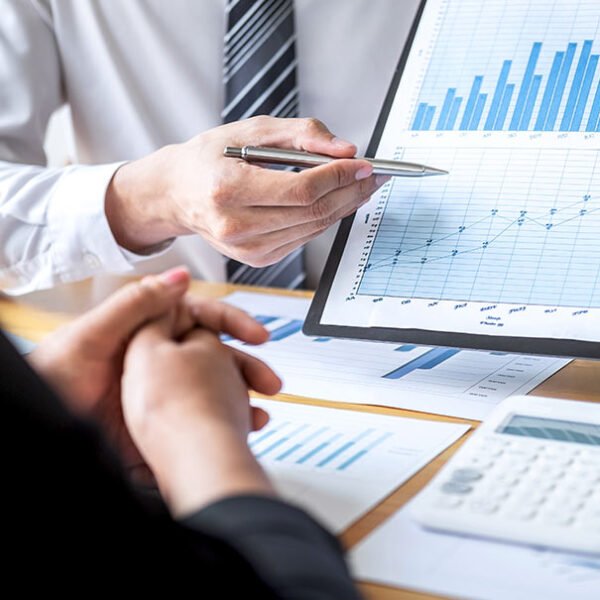AI is Revolutionizing Safety Management for Roofing Crews
Artificial intelligence is revolutionizing how roofing contractors manage their crews, streamlining processes and enhancing safety across projects of all sizes. By leveraging AI-powered tools, contractors can improve communication, mitigate risks, and keep their teams operating efficiently in challenging environments.
Seamless Communication in Challenging Conditions
Managing communication on a bustling job site can be a logistical nightmare, especially when crews are spread across large areas or working high above the ground. While text messages or alerts are quicker than navigating a chaotic job site to relay updates in person, even crafting a message takes precious time.
AI steps in to bridge this gap. Generative AI tools enable supervisors to draft concise, effective messages in seconds—whether it’s alerting teams to start waterproofing due to an unexpected rainstorm or shifting tasks in response to changing conditions. These tools can even translate messages into an employee’s preferred language, ensuring that every worker receives critical updates clearly and promptly.
With AI, roofing contractors can enhance communication, safety, and efficiency, empowering their teams to perform their best even in unpredictable conditions.

Revolutionizing Safety Alerts with AI
Roofing crews face significant safety challenges daily, from scaling ladders and carrying heavy materials to navigating steep or slippery surfaces. While safety training and certifications are critical, consistent and context-specific reminders can significantly reduce accidents. AI-powered systems take safety communication to a new level by offering automated, tailored alerts based on job site conditions and project tasks.
Here’s how AI can improve safety reminders and protocols:
- Customized Safety Instructions: AI can analyze project details and generate alerts tailored to current activities. For example, workers handling hazardous materials like asbestos or silica receive relevant safety protocols specific to their tasks.
- Interactive Media for Training: Contractors can share AI-curated safety videos or step-by-step guides, such as correctly using fall protection systems or controlling exposure to hazardous materials.
- Environmental Safety: Alerts can include tips on avoiding heat stress during extreme weather or preventing electrical hazards when working near power lines.
- Real-Time Risk Updates: As job conditions evolve, AI can dynamically adjust its recommendations, ensuring workers stay informed about new or changing risks.
This approach not only reinforces training but also ensures safety information is immediately accessible and actionable.
Optimizing Workforce Management with AI
Traditionally, assigning the right resources to the right job has been a labor-intensive process, requiring a deep understanding of team skills, certifications, and project timelines. AI reshapes this by using data-driven insights to optimize workforce allocation and scheduling.
- Smarter Scheduling: AI tools analyze historical project data to assign workers with experience in similar tasks. For example, if a tight deadline looms on a TPO roof project, AI can identify team members who have performed well in similar circumstances, improving efficiency and meeting timelines.
- Certifications and Compliance Monitoring: AI systems track employee certifications and ensure every worker is up-to-date with safety training. This proactive approach reduces the likelihood of compliance issues while fostering a safer work environment.
- Dynamic Adjustments: If unexpected challenges arise, AI can recommend real-time adjustments to crew assignments, minimizing downtime and maintaining progress.
By using AI to manage resources, contractors can maximize productivity, reduce costs, and ensure teams are well-equipped to handle specific challenges.

Predictive Analytics for Proactive Safety Management
One of AI’s most transformative capabilities lies in predictive analytics. By analyzing job site data, AI can identify potential risks and recommend preventative measures before incidents occur.
Here’s how predictive analytics can enhance safety:
- Risk Trend Analysis: AI can detect patterns in historical data, such as projects with higher near-miss rates, and recommend changes like increasing crew size to reduce fatigue.
- Individual Risk Monitoring: By evaluating worker performance data, AI identifies employees who may require additional training or interventions to improve safety outcomes.
- Fatigue and Stress Prediction: AI can flag when workers are at higher risk of accidents due to long hours or demanding tasks, prompting adjustments to workloads or schedules.
- Resource Optimization: AI identifies inefficiencies, such as underutilized team members or insufficient training, and provides actionable insights to enhance workforce effectiveness.
This proactive approach ensures safety risks are mitigated before they escalate, fostering a culture of continuous improvement and accountability.

The Future of Roofing with AI
AI is rapidly becoming an indispensable tool in construction and roofing, transforming how contractors manage safety, efficiency, and decision-making. By unlocking the potential of existing data, AI empowers contractors to:
- Make real-time, informed decisions about job site safety.
- Improve productivity by optimizing resource allocation and training.
- Enhance long-term profitability through smarter planning and execution.
As AI technology continues to evolve, its applications in roofing and construction will only expand, delivering safer job sites, more efficient teams, and unparalleled value for contractors and clients alike. The future of roofing is here, and it’s driven by the power of AI.
Call us at (949) 691-3228










